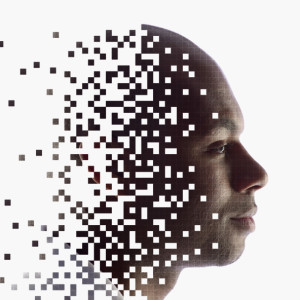 Scientology was created by science fiction writer L. Ron Hubbard in 1952. He founded the first Church of Scientology in Camden, New Jersey, the following year. Believers say Scientology is a religion, others refer to it as a movement and detractors call it a cult. The present beliefs and practices of Scientologists evolved from a self-help system Hubbard had previously developed called Dianetics.
Scientology was created by science fiction writer L. Ron Hubbard in 1952. He founded the first Church of Scientology in Camden, New Jersey, the following year. Believers say Scientology is a religion, others refer to it as a movement and detractors call it a cult. The present beliefs and practices of Scientologists evolved from a self-help system Hubbard had previously developed called Dianetics.
What Is Scientology?
The official website of the Church of Scientology describes it as a religion focused on the spirit and not the mind or body. According to Scientologists, man is basically good and his spiritual salvation is in his own hands. The stated goal of the religion is to free the soul through wisdom.
There are several fundamental truths on which Scientology is based. Three of the most significant are:
- Humans are immortal spiritual beings.
- Their experiences extend well beyond a single lifetime.
- Their capabilities are unlimited, even if not presently realized.
The Church of Scientology claims millions of followers spread across 165 countries with 10,000 Scientology Churches and related organizations. Those numbers are disputed by some who say the actual number of practicing Scientologists is closer to 25,000.
L. Ron Hubbard
L. Ron Hubbard was born in Nebraska in 1911 and lived much of his early life in Montana. His father was a naval officer, and Hubbard spent time as a teenager in the South Pacific and Asia while his father was stationed in Guam. Hubbard briefly attended George Washington University in Washington, D.C., before dropping out to pursue a career writing science fiction. During WWII, he served in the Navy.
He developed Dianetics, which is a described as a “set of ideas and practices regarding the metaphysical relationship between the mind and the body,” after the war. Dianetics, according to Hubbard, was “the modern science of mental health.” However, it has never been recognized as actual science and is classified by many as a pseudoscience. Dianetics was Hubbard’s foundation for Scientology.
Hubbard spent a lot of time in the late 1960s and early 1970s at sea traveling the world on his fleet of ships accompanied by top lieutenants from the Church of Scientology. The trip came to an end when several countries, including Britain, Spain and Venezuela, denied his ships access to their ports. In 1975, he returned to America and lived in seclusion at his home in the California desert. Hubbard died in 1986 at the age of 74.
Controversies
From the beginning, Scientology has been one of the most controversial religions in the United States and abroad. The Church of Scientology is also known to be a highly litigious organization. So many lawsuits have been filed on behalf of the church against individuals, governments and institutions that its legitimacy is questioned.
- Operation Snow White
In the 1970s, the Church of Scientology engaged in a major criminal conspiracy to get rid of negative information that had been compiled on Scientology and L. Ron Hubbard. Over 100 government agencies, as well as private organizations critical of the religion, were infiltrated through wiretapping and document theft. Hubbard’s wife, Mary Sue Hubbard, was one of 11 church members who were ultimately convicted or pled guilty as a result of the incident.
- Operation Freakout
Operation Freakout was another controversy, and it involved journalist Paulette Cooper. Cooper published a negative book on Scientology in 1971. Church members plotted to have her sent to prison or committed to a mental institution.
- A 1991 Time magazine article called Scientology “a hugely profitable global racket that survives by intimidating members and critics in a Mafia like manner.”
Celebrities
There are a number of celebrities who are members of the Church of Scientology. They include:
- Tom Cruise
- John Travolta
- Kirstie Alley
- Juliette Lewis
Scientology has been around for over sixty years. It continues to raise questions and be the subject of controversy.

